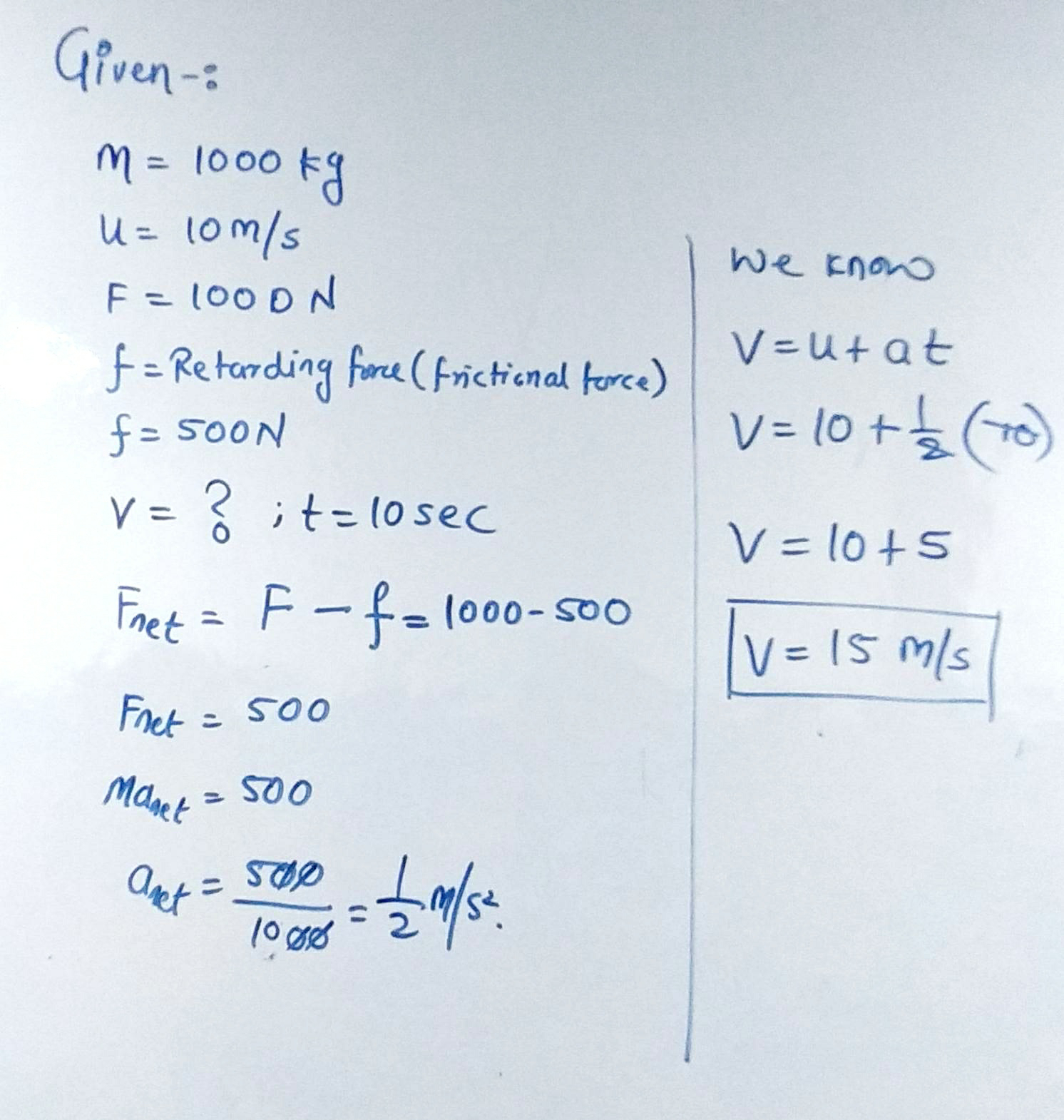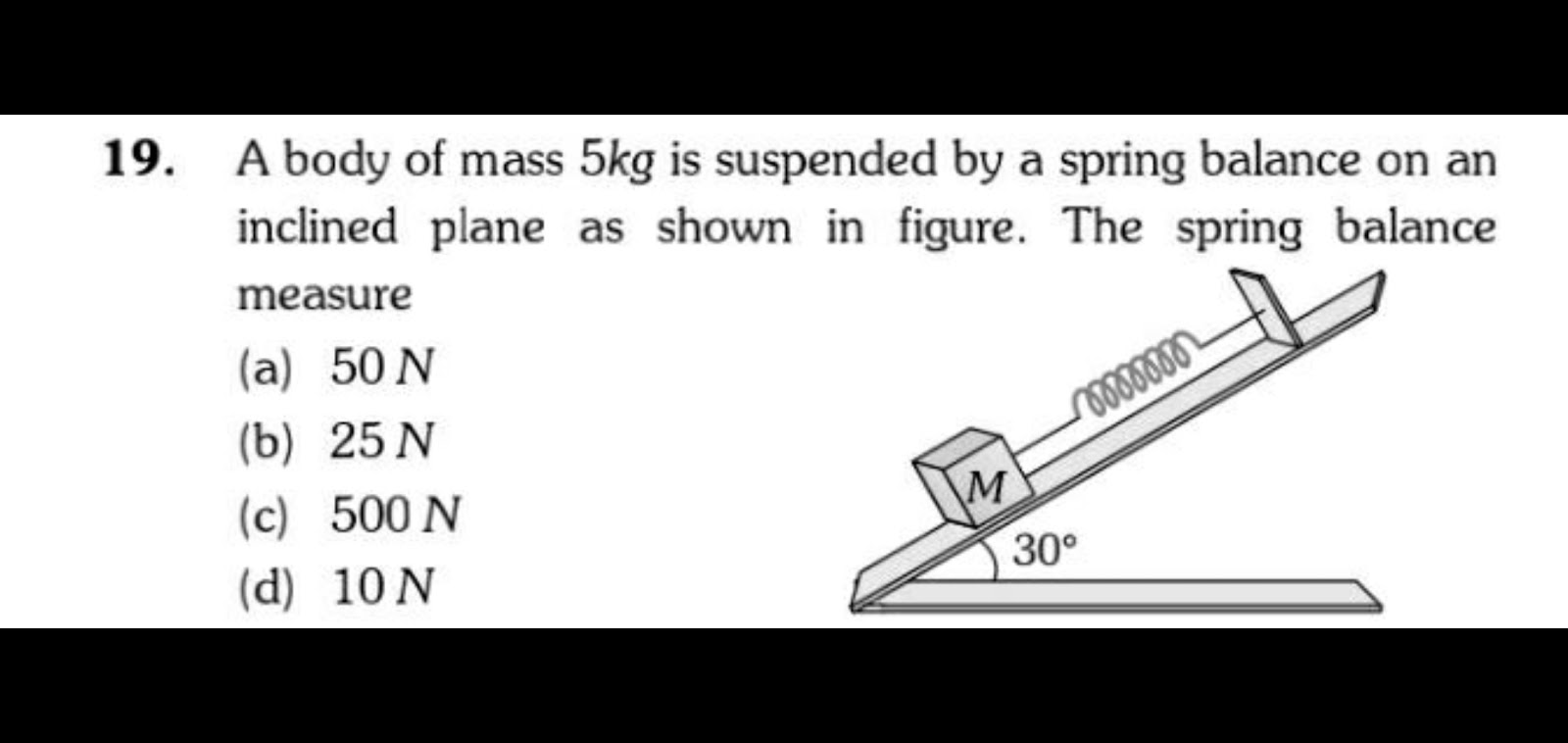IIT JEE Notes & Study Material free study material. IIT JEE, NEET, CET Previous years solved questions. IIT JEE, NEET detailed Syllabus. IIT JEE & NEET chapter wise weightage. IIT JEE & NEET chapter wise MCQ's. IIT JEE & NEET free reference books and video downloads. We are having vison to provide free study material to Students. Thank You.
Saturday, July 6, 2024
Examples Based on Newton's Laws of motion.
Bowl Problem | Motion In plane |
Monday, June 10, 2024
Wave Optics
Wave Optics -:
- Wave optics describes the relation between waves and rays of light.
- According to wave theory of light, the light is a form of energy which travels through a medium in the form of wave motion.
- The speed of light in a medium depends upon the nature of medium.
- Wave Optics also known as Physical Optics.
- It is based on the wave theory of light, which was first proposed by Dutch physicist Christiaan Huygens in 1678.
- Wave optics is used to study the propagation of light, and to understand how it interacts with matter.
Wave Optics Theories
Theory of diffraction
Maxwell Electromagnetic Theory
Fresnel equations
Huygens’ principle
Theory of interference
Theory of diffraction
The theory of diffraction is used to explain the behavior of light when it hits to an obstacle. When light waves hits to an obstacle, they are scattered in all directions. The amount of scattering depends on the size and shape of the obstacle. This Scattering of light is a kind of Diffraction.
Theory of interference
The theory of interference is used to explain the behaviour of light when it encounters two or more obstacles. When light waves encounter two or more obstacles, they interact with each other and create a pattern of light and dark regions.
Huygens’ principle
Huygens’ principle is used to explain the behavior of light when it encounters a reflecting surface. When light waves encounter a reflecting surface, they are reflected in a direction that is perpendicular to the surface. It explained reflection using the wave nature of light.
Fresnel equations
The Fresnel equations are used to calculate the amount of light that is reflected from a reflecting surface. The equations take into account the angle of incidence, the refractive index of the material, and the thickness of the reflecting surface.
Maxwell Electromagnetic Theory
The Maxwell Electromagnetic Theory is used to explain the behavior of light in all situations. The theory takes into account the electric and magnetic fields that are associated with light waves.
Newton’s Corpuscular Theory Light
It consists of very small invisible elastic particles which travel in vacuum with a speed of 3 x 108 m/s. The theory could explain reflection and refraction. The size of corpuscular of different colors of light are different. It could not explain interference, diffraction, polarization. photoelectric effect and Compton effect. The theory failed as it could not explain why light travels faster in a rarer medium than in a denser medium.




